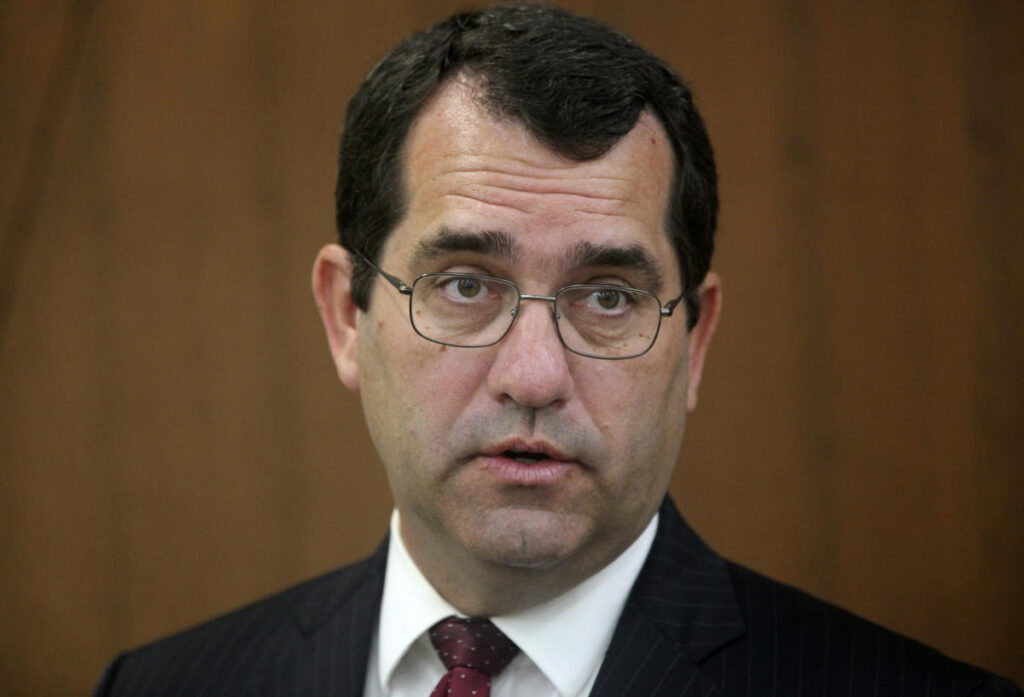In the recent election in Kansas, Republicans aimed to maintain their control over the U.S. House, particularly focusing on the open 2nd Congressional District seat vacated by retiring two-term Republican Rep. Jake LaTurner. Republican Derek Schmidt, a former state attorney general who previously ran for governor, faced Democratic candidate Nancy Boyda, marking her attempt to reclaim the seat she once held briefly before her loss in 2008. The political climate in the state was particularly tense, with Schmidt aiming to leverage his party’s strengths in a district that has seen past Democratic representation, while Boyda sought to revitalize her political career against the backdrop of a competitive electoral environment.
In the Kansas City area, Democratic Rep. Sharice Davids was challenged by Republican Prasanth Reddy, a well-educated physician. Davids, who has garnered attention since her surprising victory over a Republican incumbent in 2018, relies on appealing to the more progressive suburban voters who have been critical to her electoral success. Her continued advocacy for issues like abortion rights, combined with a centrist positioning, aims to secure her seat against the shifting dynamics within an electorate that has demonstrated both support and resistance to Republican ideologies in recent elections.
Republican incumbents Tracey Mann and Ron Estes were anticipated to win their respective districts without significant difficulty. Mann’s 1st District encompasses the liberal campus of the University of Kansas, in Lawrence, but the surrounding rural areas maintain a strong Republican majority. Likewise, Estes enjoys a stable foundation in the 4th District centered around Wichita, having won the seat previously held by Trump appointee Mike Pompeo. Their incumbency reflects a broader trend in Kansas, where partisan loyalties remain robust, especially among rural voters.
The 2nd District, while previously held by Democrats, has leaned heavily Republican in recent elections, offering Schmidt a potentially advantageous battleground. However, his political history—having served under more moderate Republican figures—could raise suspicions among more ardent party members, despite Trump’s endorsement that positioned him favorably within the GOP base. As Schmidt navigates the complexities of Kansas’s political landscape, his ability to unite party factions, particularly those wary of moderate influences, will be critical to his campaign’s success.
Davids’ capacity to retain her seat is intricately tied to the demographics of Johnson County, which has increasingly leaned Democratic, posing challenges for Republican candidates. The district’s voters have been responsive to issues of social justice and healthcare reform, aligning more closely with Davids’ platform. As a visible and active member of the community, she has built a reputation that contrasts with Reddy’s more traditional Republican approach, embodying a broad shift in voter sentiment toward progressive policies in suburban regions.
Overall, the election outcomes hinged on the candidates’ abilities to resonate with their constituencies amid evolving national and regional political narratives. While Schmidt sought to galvanize the GOP’s base in a historically shifting district, Davids represented a wave of progressive change that could redefine the landscape of Kansas politics. As constituents made their choices, the results foreshadowed the political direction of not just Kansas, but potentially broader trends influencing Republican and Democratic strategies in the upcoming electoral cycles.

